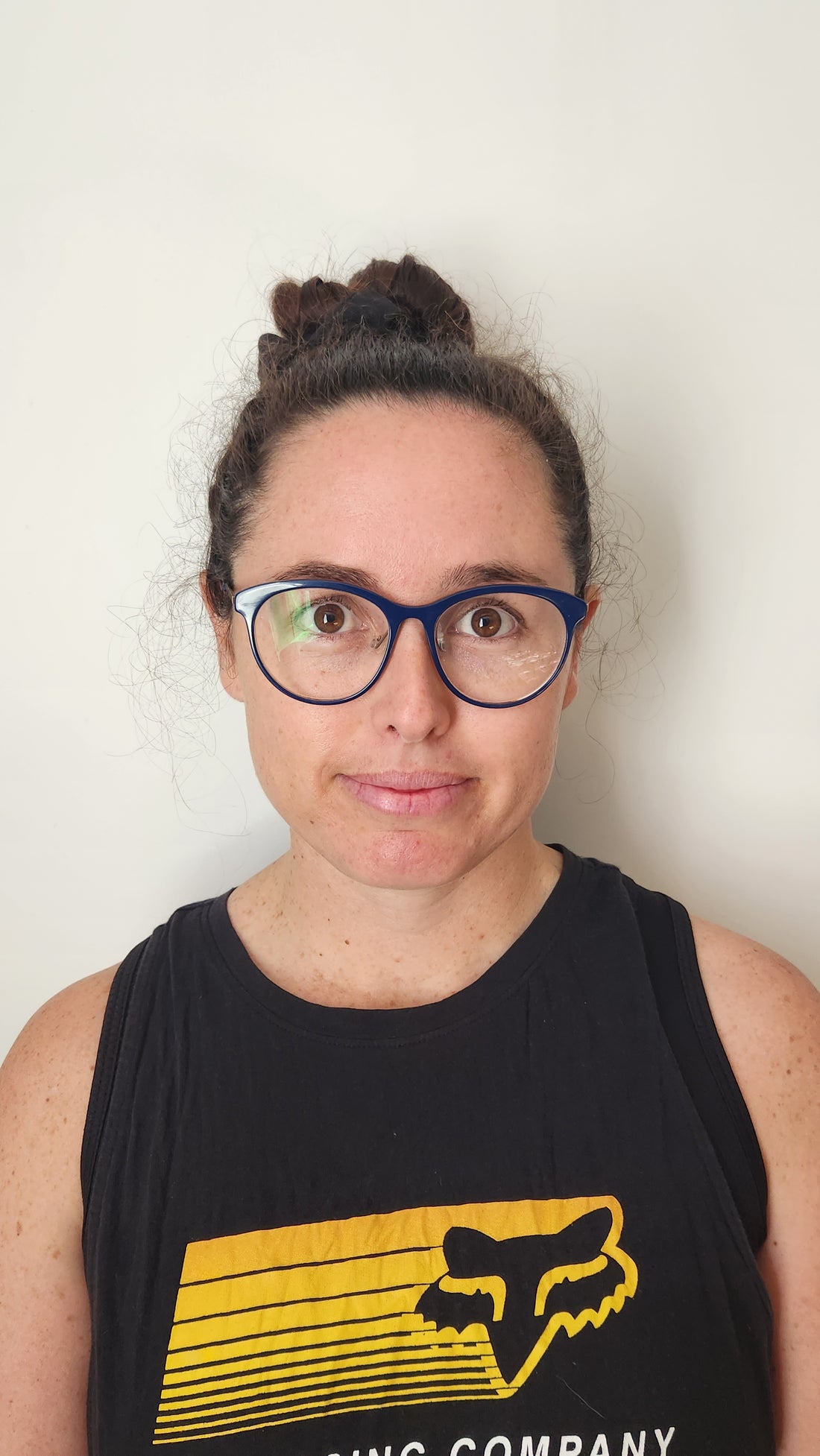2023 was our overseas rookie race year! The first time we had raced in quite a few different formats and the chance to hop in different types of off road race cars as well.
Amy was lucky enough to race in The Mint 400 and NORRA 500.
Here are her five takeaways:
- Balancing hydration with needing to pee while being confined to a race car with minimal stops.
Unlike male race catheters, the female catheters are not nearly as simple and easy to wear while racing. There is a lot of glue involved and not nearly enough time on race mornings! Alternatives include simply weeing if you need to and then air drying or wearing an adult diaper.
At the end of the day - being hydrated is more important than having to hose the seats and floor of the race car!
- Getting used to nerfing
Coming from Australian racing where nerfing is strictly prohibited, it has taken a mindset shift to become comfortable (and not shocked!) about being on both the giving and receiving sides.
As the Co-Driver, I check my mirrors a lot anyway and do my best to assist with smooth over takes. But nerfing is a lot different than what I had in my mind - which looked a lot more like ramming! - and sometimes is the only choice when the car in front is not making a simple overtake possible.
- Establishing a repeatable, simple, and eye catching way to identify our pits
Most races in America and Mexico are much longer than the bulk of our Australian off road races. What this means is we may have one or two different race pits along the course, which we may or may not pull into.
When you are in 'race mode' it can be hard to pick your crew and chase vehicle out of a line up of very similarly dressed people and chase rigs with similar set ups.
So ensuring the crews know you are heading into pits via radio contact allows them to prepare to flag you down. Also having a flag or banner that is unique can assist with spotting your people.
- Stopping and assisting other competitors
This was another difference between Australian and Mexican/American racing, you do not get time back if you stop and assist a competitor who is not in an immediately life threatening situation.
Time is given back to competitors who help clear a vehicle off the course that would otherwise be a bottle neck or when medical assistance is required.
During the Mint 400 and NORRA 500, we've stopped to help out fellow racers and while it was a shame we lost time, we wouldn't have made a different choice.
- What to expect after racing 400/500 miles off road
Also the weight of the helmet - after a full day you can really feel your muscles and spine!
Now we are heading into our 2024 season, having already kicked off the year with King of the Hammers! We are looking forward to more racing, meeting more people, and learning more as we go.

